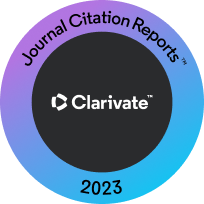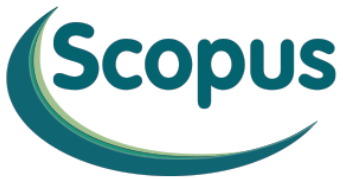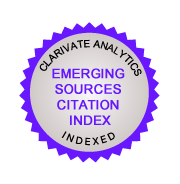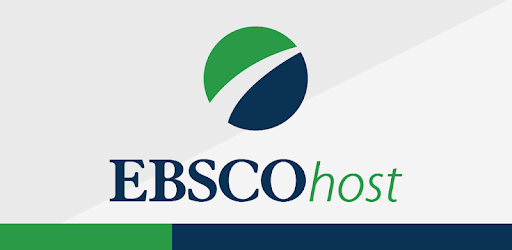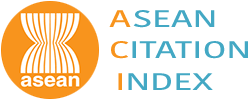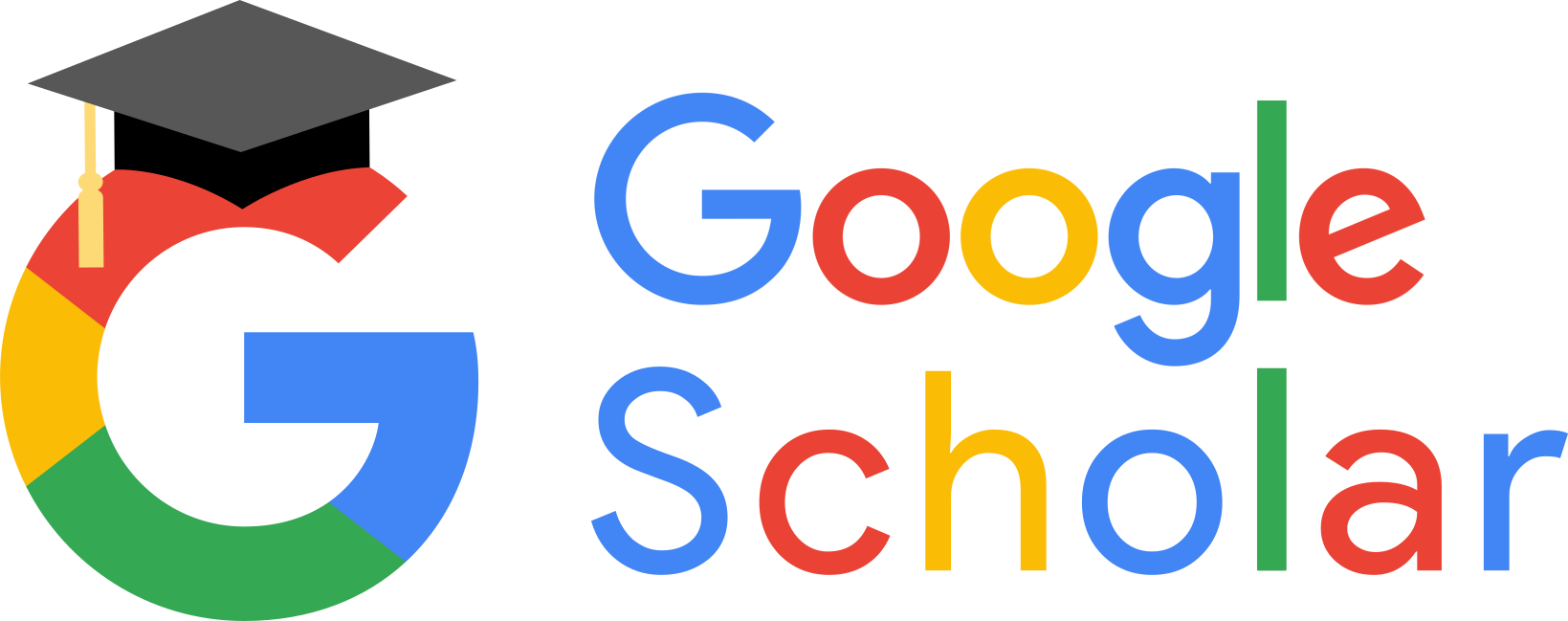Enhancing Science Achievement Utilising an Integrated STEM Approach
DOI:
https://doi.org/10.32890/mjli2019.16.1.8Keywords:
Genetics,, science achievement,, stem education and students’ academic ability.Abstract
Purpose – The integrated science, technology, engineering and mathematics (STEM) education has been reported to improve students’ science achievement. Nevertheless, few studies have focused on how this approach affected different ability groups. Lack of equity or the presence of achievement gap can be detrimental because they can reduce medium and low-ability students’ interest in science, which in turn can affect national development. Thus, the purpose of this study is to determine the main and the interaction effects of integrated science, technology, engineering and mathematics (ISTEMA) on students’ science achievement and how this approach affects students with different academic abilities.Methodology – The research adopted a 2x3 factorial design. The sample size consisted of 100 Nigerian science students from Year 11. A total of 51 students with different academic abilities (low, medium and high) were assigned randomly to an experimental group. The experimental group was taught genetics using a fivephased iterative ISTEMA process. Pre-test and post-test data were collected using 40 multiple-choice questions adopted from a national high-stakes examination. Analysis of covariance, paired sample t-test and one-way analysis of variance were utilised in the data analysis.
Findings – Findings for research question one revealed a main significant difference in science achievement between year 11 students who learned using ISTEMA and those using traditional methods. No significant interaction effect was observed between the instructional approach and students’ academic abilities, that is, students’ academic abilities and the instructional approach did not interact to enhance students’ achievement. The findings for research question two indicated that high, medium and low academic-ability students benefitted; however, students with low academic abilities had the highest mean gain.
Significance – Findings in this study have revealed empirically that the ISTEMA, as an instructional approach, has the potential to close the academic achievement gap. The findings may also serve as a guide for policymakers to promote STEM education in schools.













